Google gave us Cardboard - Facebook gave us a science lesson
This week at F8, Facebook presented a basic plan for the next 10 years in development – both inside and outside the social network. Amongst announcements of flying internet drones and updating the Messenger ecosystem, Facebook officials handed off the mic to Oculus. While we expected that Oculus would give us some indicator of the future of the company – or their involvement with Facebook – instead we got a lesson in the science of virtual reality.
The photos above and below show what was handed to us before the keynote on the 2nd day of the developer conference began. Inside are several visual tricks – or what might be better described as "lessons in visual trickery. Here we see how the eye might see one thing while something completely different is – objectively speaking – happening.
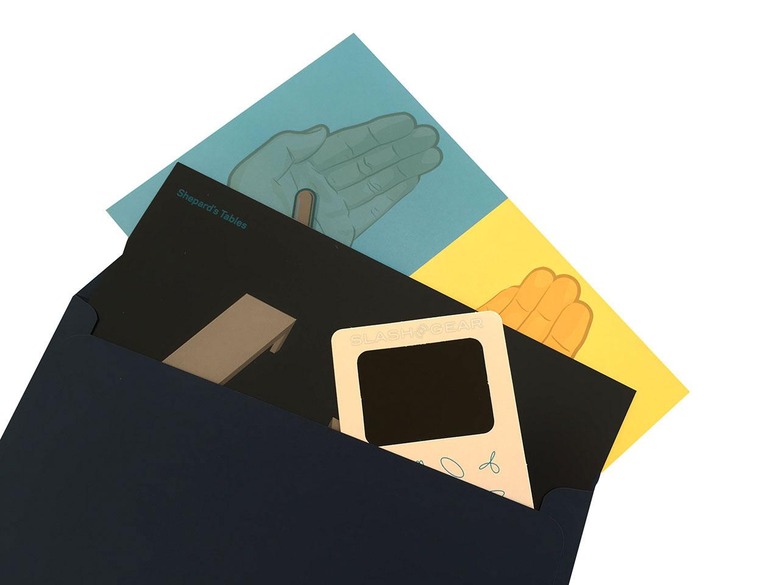
Virtual reality works this way. Once we're in a space where our eyes and ears are given information that would normally be reserved for presentations that are "real", we begin to believe. If we're fully immersed in an environment that's good enough to trick us, we believe we're there. As Morpheus suggested, "If you are talking about what you can feel, what you can smell, what you can taste and see," he said, quoting Morpheus, "then 'real' is simply electrical signals interpreted by your brain."

The pills image suggests that the two pills are different colors, while when the blue and yellow colors of the hands are blocked, both pills appear the same color.
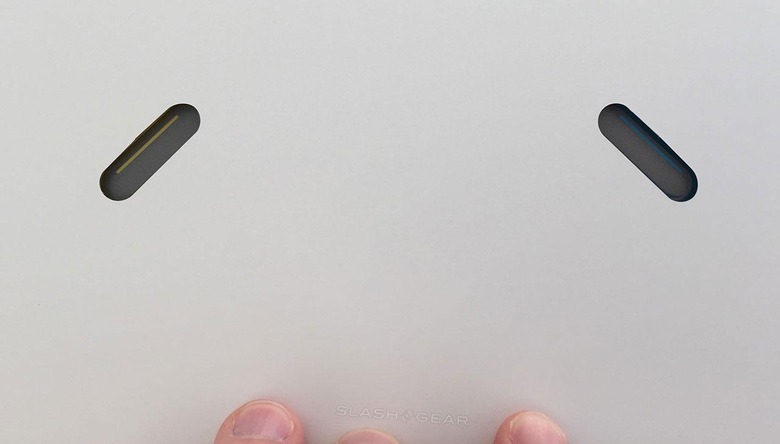
The tables image reveals that the table top is the same size, regardless of angle.
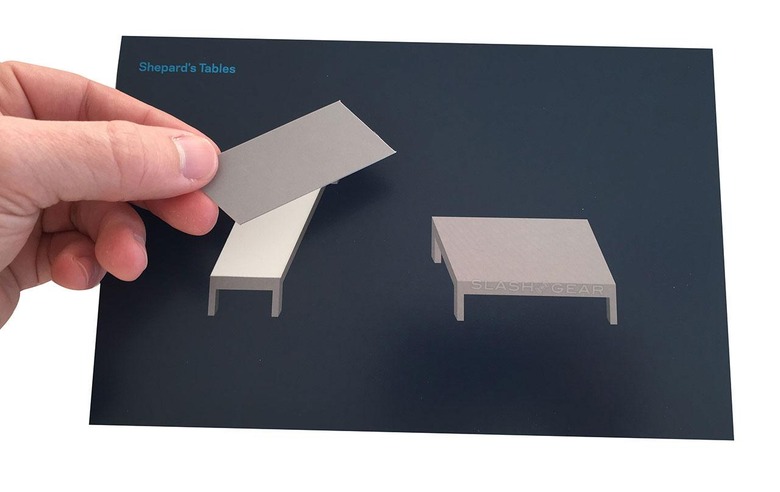
Above you'll see the physical paper presentation – below we've made a handy-dandy gif to show you how it works.
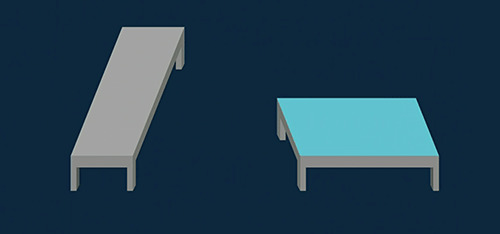
Thus went the keynote. Michael Abrash, Chief Programmer for Oculus VR presented the ins and outs of visual acceptance of reality, and our minds were blown.
For a while.
Eventually it became clear that no especially significant new details on hardware or software made by Oculus would be shared.
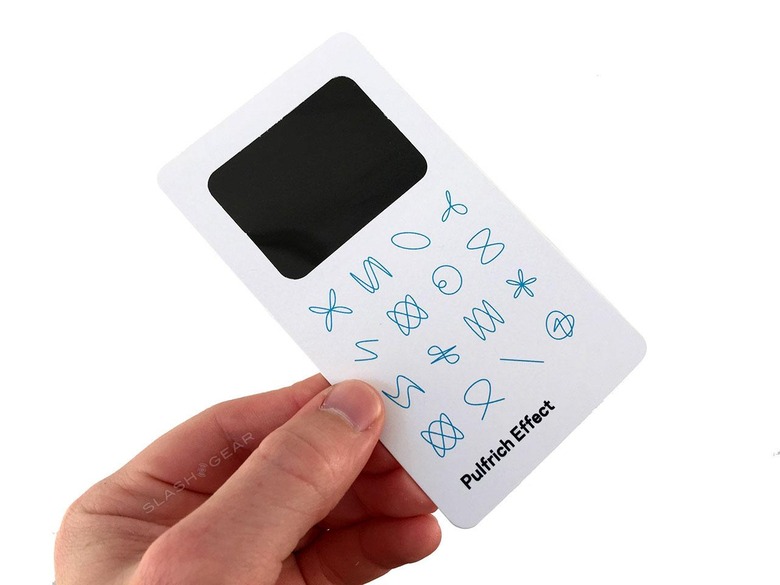
Not that these bits and pieces aren't interesting. A collection of entertaining visual tricks is always something a sharp mind loves to see – but for developers and press, this sort of presentation served only to stay our wishes for actual consumer hardware.
Meanwhile – just under a year ago – Google gave us Cardboard. Handed out at the end of the main Google I/O 2014 keynote, a folded up piece of cardboard that folded out to reveal a set of glass lenses and a magnet, ultimately constructed as "Google Cardboard", a VR headset.
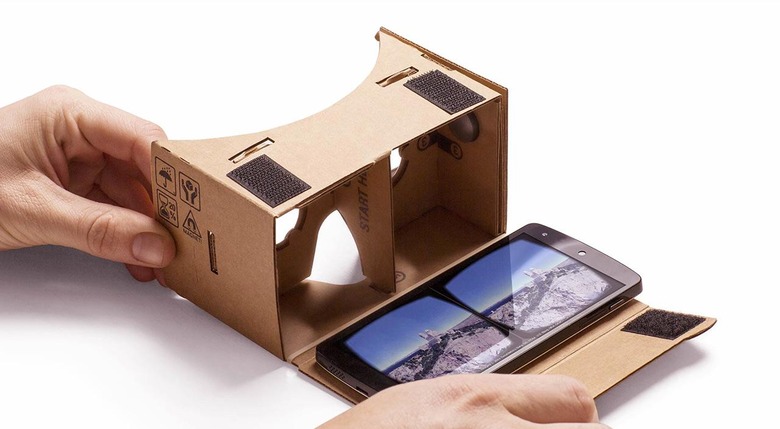
This VR headset worked – and continues to work – with most smartphones, and has its own Google-made VR suite to go with it. Since release, Google has ramped up their VR efforts, opening up a curated VR section for Google Play and handing out Cardboard at press events like so many pieces of candy.
Google opened our eyes to the possibilities in the mobile VR universe, and here at F8 2015, Oculus and Facebook kept us waiting with science.
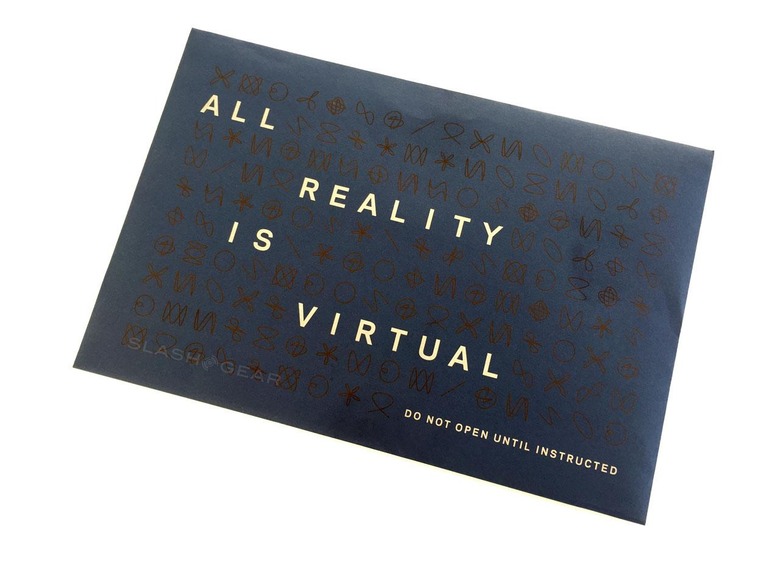
Hit up our Virtual Reality tag portal for more from the ever-growing VR universe through the future. We're expecting Google to make another big push for virtual reality for the masses via Cardboard at Google I/O 2015, May 28th and 29th in San Francisco, California.
